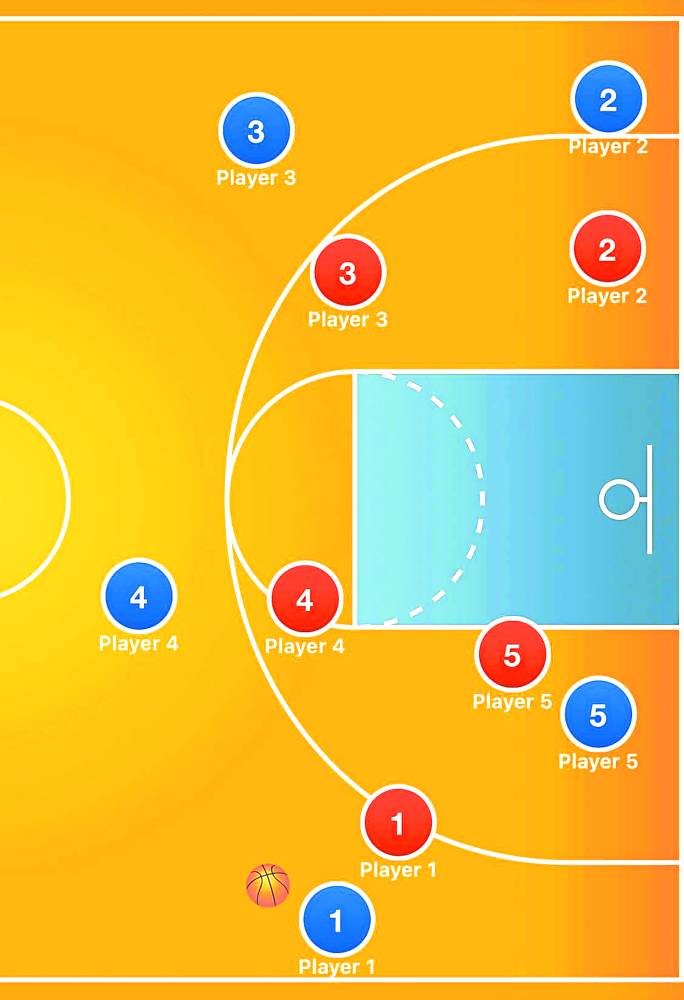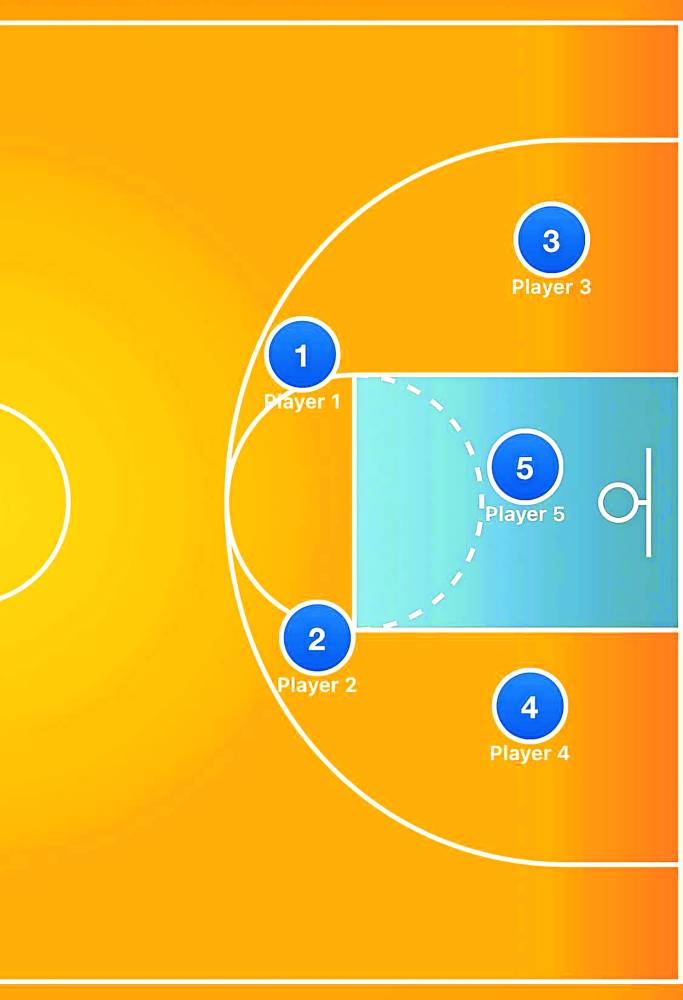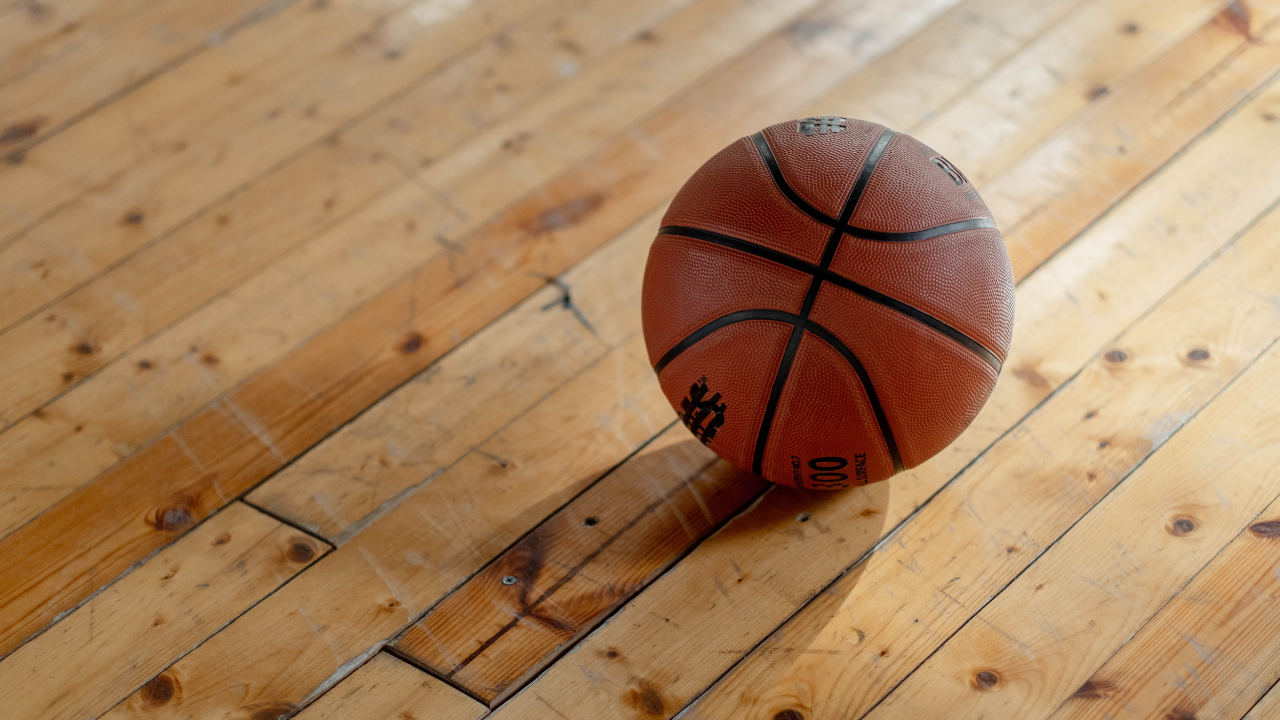#StopPlayingZonePH is trending slowly but surely. Magnolia Hotshots assistant coach Juno Sauler advocates banning zone play for young basketball players.
As a mom whose son is learning to play the game, I got curious: What is zone playing anyway? I asked my sister Jessica, who played center for our high school varsity team that won the Women’s National Collegiate Athletic Association (WNCAA) and Women’s Basketball League (WBL) championships. She said they learned both zone play and man-on-man defense. So what’s so wrong with it?

Sauler explained, “Zone play in basketball is a defensive strategy in which each defender is responsible for guarding a specific area or zone of the court instead of guarding a specific player. The objective of a zone defense is to clog the paint area and force the opposing team to take outside shots.”
He said that while zone defense can be effective, man-to-man play is better for kids to learn because it helps them develop individual skills, such as footwork, positioning, and anticipation. Playing man-to-man also encourages players to communicate and work together as a team on the defensive end.
Basketball IQ
The University Athletic Association of the Philippines (UAAP) champion coach (Sauler was the former head coach of the De La Salle University Green Archers) added that man-to-man play helps participants develop their basketball IQ and court awareness by forcing them to read and react to their opponent’s movements. It can also be more challenging and engaging for kids, as they constantly adjust their positioning and make quick decisions based on their competitor’s actions.
Meanwhile, zone play is more passive and less engaging. “In defense, for example, players cover their assigned area and wait for the ball to come to them. It may also limit opportunities for individual development and communication, as players focus on defending their zone areas rather than their opponents,” said Sauler.

Is there an impact on kids learning zone and one-on-one defense to unlearn the zone way of playing? And if so, will it be challenging to override muscle memory consciously?
“Here in the Philippines, zone play is the default for schools and basketball camps and clubs because it is easy to teach, and coaches experience a good amount of success with the small amount of time they put in. However, this is detrimental to the development of our youth. Recently though, there has been a slow shift from zone to man-to-man play in schools and basketball camps,” said Sauler.
Good start
He said that camp organizers such as Passion Sports, Cholo Camp, Filipino Basketball Academy and Ty Tang Basketball School have been teaching man-to-man play. Leagues like Batang PBA, United Basketball League, Batang Pilipino Basketball League, National Basketball League-Pilipinas, and Milcu have even adopted a “no zone” rule in all their games.
“This is a good start for our country’s youth basketball program, and it’s important that we continue to prioritize the development of our young basketball players by teaching them the fundamentals and promoting the enjoyment of the game,” he said.
Parents with kids playing in schools and camps who are unsure whether their kids are learning zone or man-to-man can ask the camp organizers or coaches directly.
My son trains at Everyday Champions basketball camp. Their coach Hyram Bagatsing said, “We’re focusing mostly on man-to-man defense now. There’s currently a movement with youth basketball called #StopPlayingZonePH for kids to develop better in the sport. It’s much more challenging to teach, but it will hugely benefit the kids.”

Sauler shared some tips for clueless parents to recognize zone defense when they watch their child’s games: In a 2-3 zone, for instance, two players will typically guard the top of the key area while the other three players defend the area below the free-throw line. In a 3-2 zone, three players will guard the top of the key area while the other two players defend the area below the free throw line.
“If kids enjoy playing basketball, they are more likely to stick with the sport and continue to develop their skills. By teaching fundamental skills and gradually introducing more complex concepts and strategies, coaches and camps can help kids develop a lifelong love for the game,” said Sauler. —CONTRIBUTED














































